Let’s talk about one of the most underrated columns on our trackers….FIBER. The Institute of Medicine recommends that women get a minimum of 25g of fiber per day. Fiber is a weapon in your arsenal that you should be using in order to be healthy and achieve body composition goals.
Dietary fiber, or “roughage”, includes the parts of plant foods your body can’t actually digest. Fiber isn’t digested by your body, unlike your macros (protein, carbs and fats). Your body absorbs your protein, carbs and fats. However, fiber passes through your stomach, small intestine and colon, and is gotten rid of (yes, when you poop.) Fiber is commonly classified as soluble, which dissolves in water, or insoluble, which doesn’t dissolve.
- Soluble fiber: The type of fiber that dissolves in water. It can help lower blood cholesterol and glucose levels. Soluble fiber is found in foods like oats, beans, some fruits, peas and barley.
- Insoluble fiber: The type of fiber that aids in the moving material through your digestive system while increasing stool bulk, thus fighting constipation/bowel movement issues. Examples of insoluble fiber include whole wheat flour, whole grains, sweet potatoes and other potatoes, cauliflower, green beans and nuts.
Fiber is so important for our overall health for so many reasons, including:
- Promotes cardiovascular health, fighting both cardiovascular disease and cancers (especially breast cancer, bowel cancer and colorectal cancer)
- Encourages overall healthy bowels and bowel habits (thus encouraging a healthy gut, which we know is important)
- Balances hormones
- Lowers cholesterol levels
- Keeps blood sugar levels stable and slows the absorption of sugar, thus reducing the risk of Type 2 Diabetes
- Aids weight loss
- Keeps us full
What is NOT to love? Fiber may as well be called a SUPERFOOD!
A question we often get as coaches is, “Why can’t I just take a fiber supplement?” Yes, a fiber supplement is still fiber (whether it be synthetic or natural). However, we want clients eating a diet full of high quality foods and fiber is the ultimate judge of overall food quality. Remember, not all carbs are created equal. We want you getting the vast majority of your carbs from whole, hearty foods that are packed with nutrients. These foods are also the ones that contain 3g+ of fiber per serving. While supplements can help you to hit your fiber minimum of 25g+, a fiber supplement somewhat acts as a bandaid to a bigger issue at hand: your food quality. A fiber supplement won’t change the fact that your food quality isn’t as high as it should be. Another important factor is that fiber supplements usually only have one type of fiber, instead of a variety of fibers and nutrients, so put simply, they can’t provide the health benefits that fiber from food can and does. We would much rather your fiber be lower while you work to get more of those high fiber foods in your daily routine, rather than just resorting to a fiber supplement.
Many times, clients will tell us coaches, “I think I need to decrease my fiber because I’m bloated and gassy,” or “all of this fiber is not making me feel good!” There is no such thing as a “fiber intolerance.” Fiber is good for everyone and provides the same health benefits to everyone. The reason these symptoms are plaguing you is because your body is not used to eating enough fiber. It is similar to the phenomenon that takes place when you start drinking enough water. You start drinking enough water and suddenly, it seems like you have to pee every five minutes! Your bladder has to adjust to drinking so much water because it isn’t used to it. It’s the same concept with fiber – your body has to get used to it. That doesn’t mean you should just stop eating your 25g+ of fiber. You need that fiber! Keep going! And if symptoms don’t eventually subside, it might be time to have a conversation with your PCP because an actual food sensitivity or intolerance could be at play.
It is important to know that if you set out to hit your fiber purely by eating vegetables and fruits, you will inevitably fall short of your goal of 25g of fiber per day. Yes, vegetables and fruits have so many health benefits and are packed with nutrients (including fiber), but whole grains, root vegetables such as sweet potatoes or yams and whole food carb sources in general are what you should really be focusing on (while simultaneously eating two servings of vegetables minimum, of course.) These whole food carbs not only taste delicious, they also give us all of those added health benefits that we discussed previously!
Our List of High Fiber Foods:
2 Mama Lupes Low Carb Tortillas = 14g fiber
Thomas’ Low Carb English Muffin = 8 g fiber
Flatzza Pizza Crust = 5g fiber
Thomas’ Whole Wheat Bagel = 7g fiber
56g whole grain spaghetti (or any whole grain pasta, measured dry) = 5g fiber
150g dates = 12g fiber
1 cup chickpeas = 12g fiber
1 cup leafy greens = 7g fiber
100g banana = 3g fiber
100g roasted broccoli = 4g fiber
100g roasted cauliflower = 4g fiber
100g roasted brussel sprouts = 5g fiber
100g sweet potato = 3g fiber
100g SFM IP Pinto Beans = 7g fiber
1 cup blueberries (140g) = 4 g fiber
1 cup raspberries (140 g) = 9g fiber
1 serving oatmeal = 4g fiber
1 avocado mash cup = 4g fiber
.5 cup of black beans = 8g fiber
1 apple (100 g) = 3g fiber
1 oz almonds = 3g fiber
1 slice David’s Killer Bread = 5g fiber
1 cup Kashi cereal = 8g fiber
30 g roasted pistachios = 3g fiber
1 TBS chia seeds = 5g fiber
And MANY MORE! There are so many high fiber foods out there if we take the time to look for them and read our labels.
Simple ways to get more dietary fiber:
- Start using whole wheat flour instead of white flour. It still tastes great and you get so much more, nutritionally!
- Add things like spinach/greens, oats, berries, chia seeds, flax seed or high fiber cereal (Kashi GO, for example) to your protein shakes and smoothies. You will be fuller for longer and the added texture will be so satisfying!
- Use whole wheat pastas, veggie pastas or chickpea pastas instead of white pasta. These pastas taste great and have so many nutritional benefits!
- Eat your whole wheat breads, wraps, tortillas, etc. SERIOUSLY. Bread is delicious topped with some butter, peanut butter, cream cheese, fruit, avocado – the options are endless! In the name of getting more fiber, eat your bread and toppings, whether it be a wrap, a bagel, an english muffin or good old fashioned toast!
- Commit to getting your two servings of vegetables every day. Naturally, vegetables are a great source of so many nutrients and vitamins, and we should eat them anyway. But if nothing else, do it for the fiber.
- Eat salads. Salads can be loaded with greens, veggies, berries, nuts, beans and legumes, etc. This is a foolproof way to knock out lots of fiber in one sitting.
- Start reading your nutrition labels and be intentional about it. We have to be intentional in order to start working our fiber higher. The reality is, most Americans naturally eat a low fiber diet. It’s up to us to purposefully work those foods into our everyday routine.
In conclusion, if you want to be healthier, eat your fiber. If you want to increase longevity, eat your fiber. If you want to encourage awesome body composition changes, eat your fiber! The health benefits are too great to pass up!
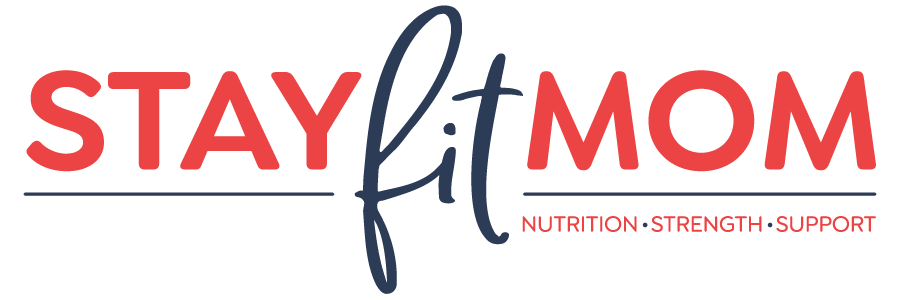
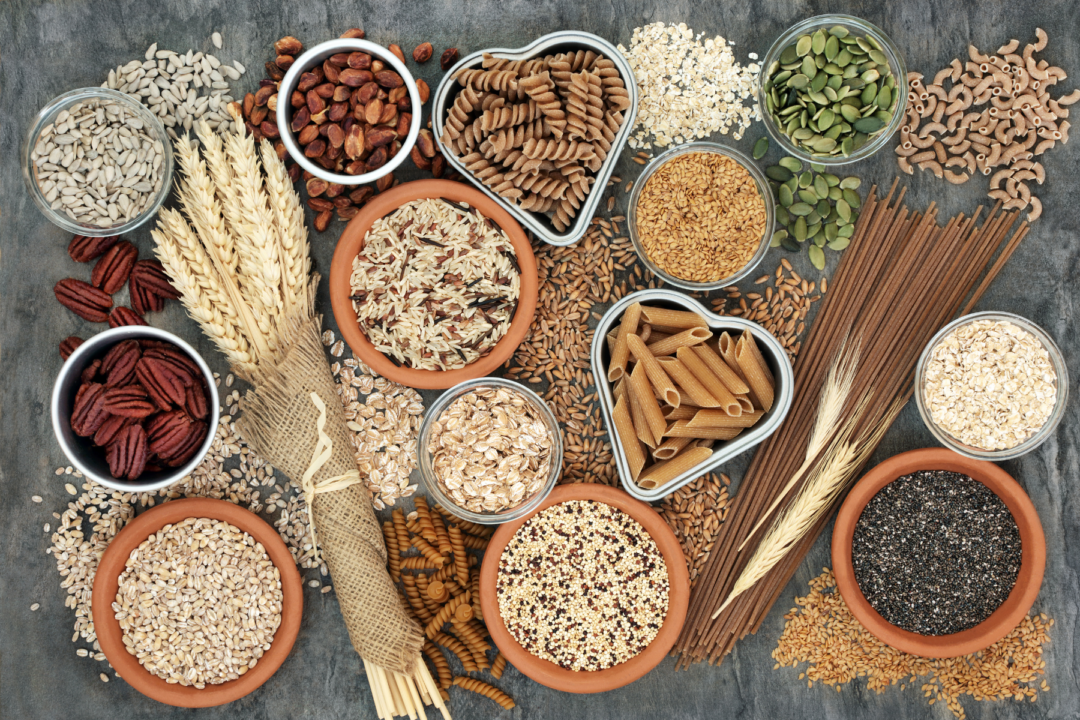
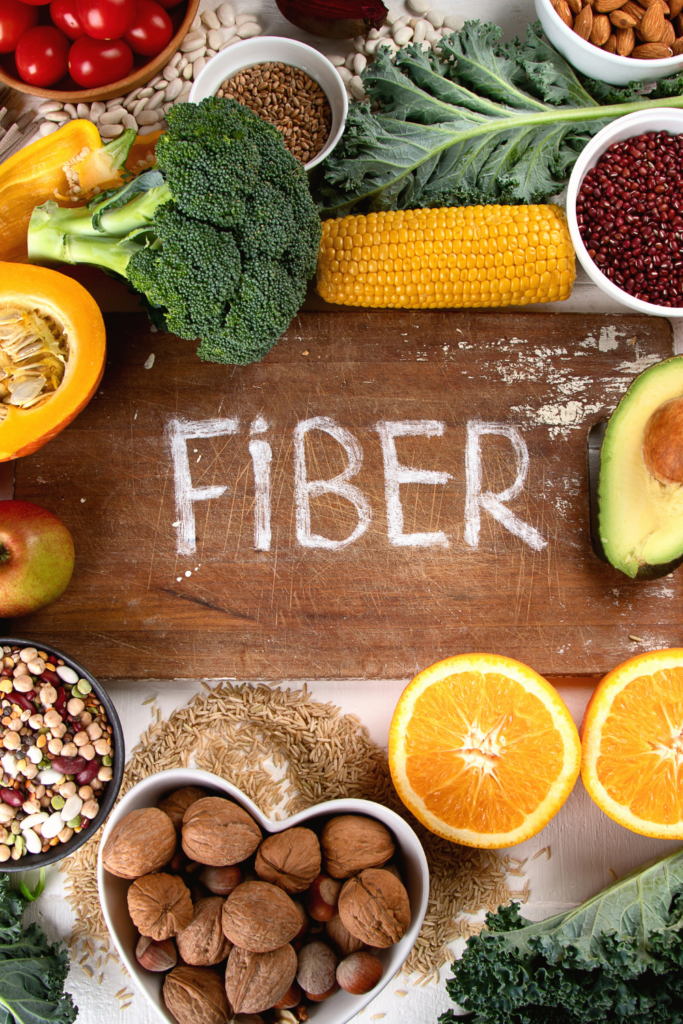
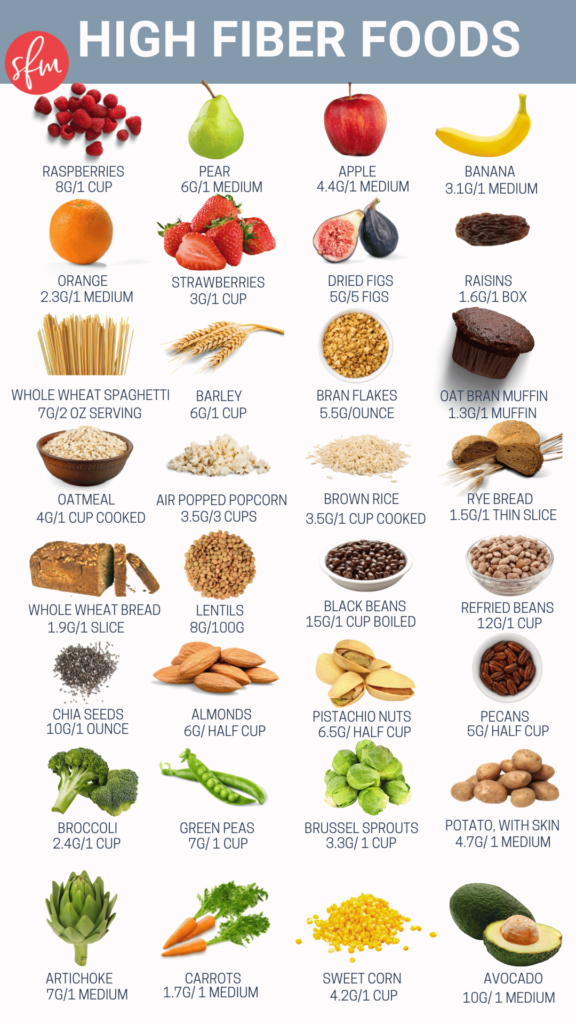
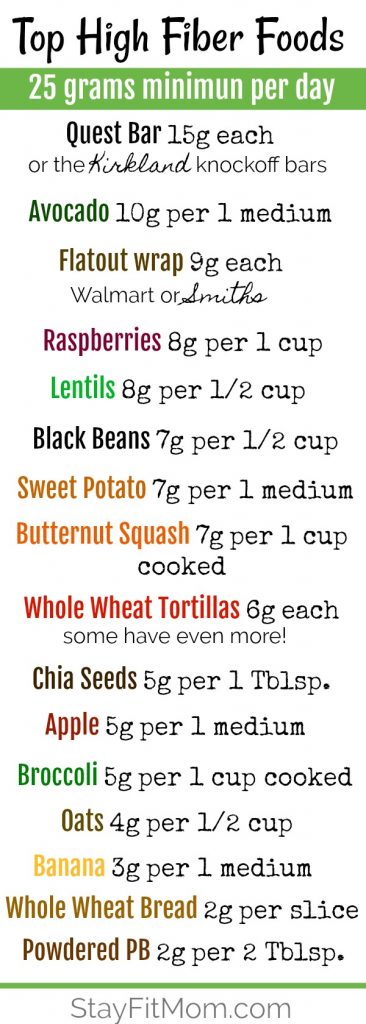

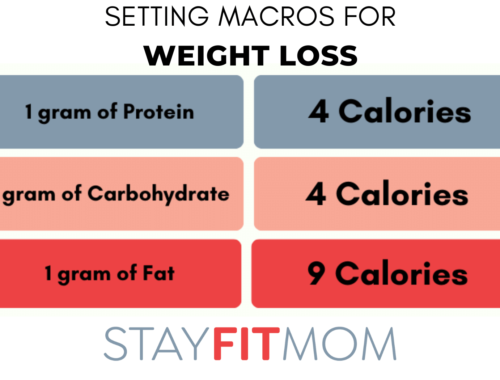
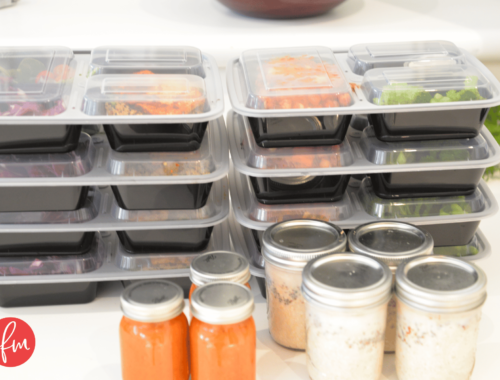
No Comments